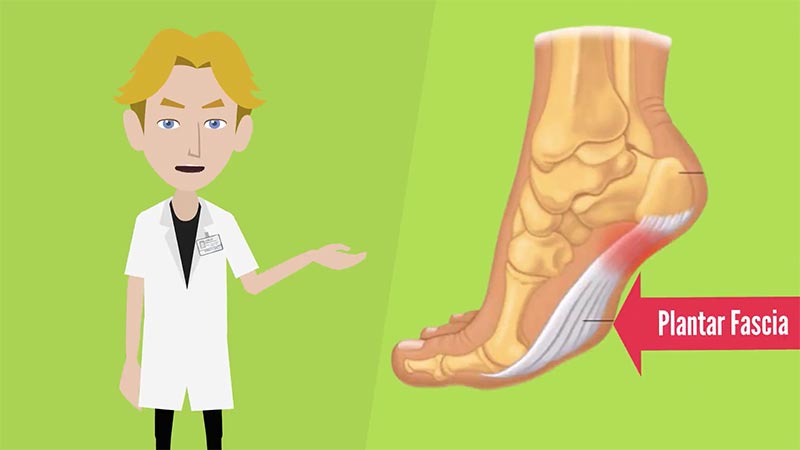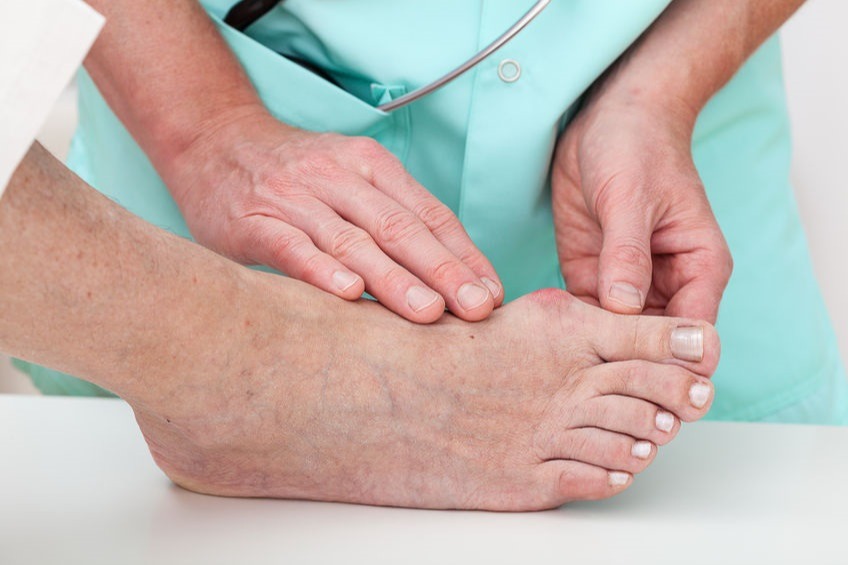The Most Common Foot Bone Conditions and Disorders and How to Prevent Them
Are you someone who suffers from foot pain or discomfort? Maybe you’re on the hunt for ways to prevent future issues with your feet. Whatever brings you to this blog post, we are excited to have you here! Our feet play a crucial role in our daily lives, carrying us through countless steps and providing support for our entire bodies. However, they often get overlooked until a problem arises. In this post, we will dive into the most common foot bone conditions and disorders and provide tips on how to prevent them from interfering with your overall well-being. So sit back, put up your feet (pun intended), and let’s explore the world of foot health together.
The importance of foot health and how it affects overall well-being
Our feet are the foundation of our bodies. They carry us through our daily activities, from walking and running to standing and jumping. Yet, we often take them for granted and neglect their health until a problem arises. However, keeping our feet healthy is crucial for our overall well-being.
When we experience foot pain or discomfort, it can affect not only our ability to walk and move but also our mental and emotional well-being. Our feet have a complex structure of bones, muscles, ligaments, and tendons that work together to support our weight and provide stability. If any part of this complex system is not functioning properly, it can result in discomfort or pain.
That’s why it’s essential to understand the most common foot-bone disorders and how to prevent them. By taking care of our feet, we can improve our overall health and quality of life.

Common Foot Bone Conditions and Disorders
Plantar Fasciitis: causes, symptoms, and treatment options
Plantar fasciitis is a condition that causes pain and inflammation in the plantar fascia, a band of tissue that connects the heel bone to the toes. This condition is often caused by overuse or strain on the plantar fascia, resulting in micro-tears and irritation. Common risk factors for developing plantar fasciitis include:
- High arches or flat feet
- Obesity
- Tight calf muscles
- Improper footwear
Symptoms of plantar fasciitis include:
- Pain in the heel or arch of the foot, especially when taking the first few steps after waking up or sitting for a long time.
- Stabbing or burning pain along the bottom of the foot.
- Swelling and tenderness in the heel.
If left untreated, plantar fasciitis can lead to chronic heel pain and discomfort. Treatment options for plantar fasciitis include:
- Resting and avoiding activities that aggravate the foot.
- Stretching exercises to improve flexibility and strength in the foot.
- Wearing proper footwear with good arch support.
- Using orthotic inserts or shoe inserts to provide additional support to the foot.
- Physical therapy or massage therapy to help alleviate pain and improve range of motion.
In more severe cases, doctors may recommend corticosteroid injections or surgery as a last resort. However, with proper care and treatment, most people can recover from plantar fasciitis within a few months.

Plantar Fascia
Bunions: what they are, risk factors, and prevention techniques
Bunions are a bony bump that forms on the joint at the base of the big toe. This condition is often caused by wearing tight or ill-fitting shoes, which can put pressure on the toes and cause them to shift out of place. However, genetics also play a role in developing bunions.
Common risk factors for developing bunions include:
- Flat feet or low arches
- Family history of bunions
- Rheumatoid arthritis
- Aging
Symptoms of bunions include pain, redness, and swelling around the big toe joint. Over time, the bunion may become larger and cause discomfort when wearing shoes or walking.
Prevention techniques for bunions include:
- Wearing properly fitting shoes with enough room for the toes to move freely.
- Avoiding high heels or shoes with narrow toe boxes.
- Using orthotic inserts or shoe inserts to provide additional support and cushioning.
- Doing foot exercises and stretches to improve flexibility and strength in the feet.
In some cases, a bunion may require surgery if it causes severe pain or interferes with daily activities. However, taking preventative measures can help reduce the risk of developing bunions or slow their progression.

Bunion Treatment
Hammertoes: causes, complications, and treatments
Hammertoes are a condition in which the toe joints become permanently bent, causing the toes to curl downwards. This condition can be caused by wearing tight or ill-fitting shoes, genetics, or an injury to the foot.
Some common complications of hammertoes include:
- Corns and calluses on top of the affected toes due to friction and pressure from shoes.
- Difficulty walking or fitting into shoes due to the deformity of the toes.
Treatment options for hammertoes include:
- Wearing properly fitting shoes with enough room for the toes to move freely.
- Doing toe exercises and stretches to improve flexibility and strength in the toes.
- Using orthotic inserts or shoe inserts to provide additional support and cushioning.
In severe cases, surgery may be necessary to correct the deformity and alleviate pain. However, this condition can often be prevented by wearing proper footwear and doing foot exercises to keep the toes flexible.
Flat Feet – causes, symptoms, and exercises for prevention
Flat feet, also known as fallen arches, is a condition where the foot’s arch is lower than normal or nonexistent. This can cause discomfort and pain in the feet and may lead to other foot problems if left untreated.
Some common causes of flat feet include:
- Genetics
- Weak arch muscles
- Injury to the foot or ankle
Symptoms of flat feet include:
- Pain and fatigue in the feet and ankles, especially after standing or walking for long periods.
- Difficulty finding shoes that fit comfortably.
- Overpronation (rolling inward) of the foot while walking or running.
Exercises to strengthen the arches and help alleviate pain from flat feet include:
- Toe curls: Sit with your feet flat on the ground and try to lift your toes off the ground while keeping your heels down. Hold for a few seconds and release.
- Arch lifts: Stand on a step ledge with your heels hanging off the edge. Slowly lower your heels below the step, then raise them back up to strengthen the arches.
- Rolling a tennis ball under the arch of each foot to massage and stretch the muscles.
In addition to these exercises, wearing proper footwear with good arch support can also help prevent and alleviate symptoms of flat feet. In severe cases, a doctor may recommend orthotic inserts or physical therapy to improve foot strength and function. Overall, taking care of your feet by regularly stretching and strengthening them can help prevent many common foot conditions and promote overall foot health. So, it is important to pay attention to any discomfort or pain in your feet and seek medical treatment if necessary. By taking proper care of our feet, we can continue to move comfortably and enjoy an active lifestyle. Keep these tips in mind for happy and healthy feet!
In conclusion, foot conditions such as plantar fasciitis, bunions, stress fractures, hammertoes, and flat feet can cause discomfort and pain, making it difficult to perform daily activities. It is important to take preventative measures, such as wearing proper footwear and doing foot exercises, to maintain healthy feet and prevent these conditions from developing or worsening. If you experience any symptoms or have concerns about your foot health, consult a doctor for proper diagnosis and treatment. Remember, our feet carry us through life, so let’s take care of them to ensure a happy and active future. So, don’t neglect your feet – give them the attention they deserve!
Flagstaff Foot Doctors: Anthony Rosales DPM
https://www.google.com/maps?cid=8835841318590452161
421 N Humphreys St, Flagstaff, AZ 86001, United States
(928) 774-4825
https://flagstafffootandankle.com/
